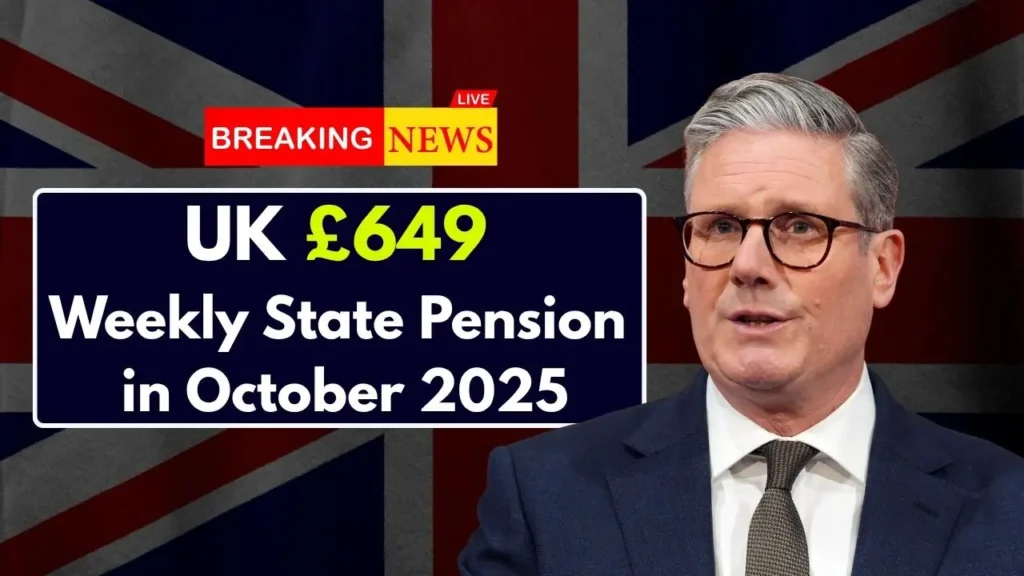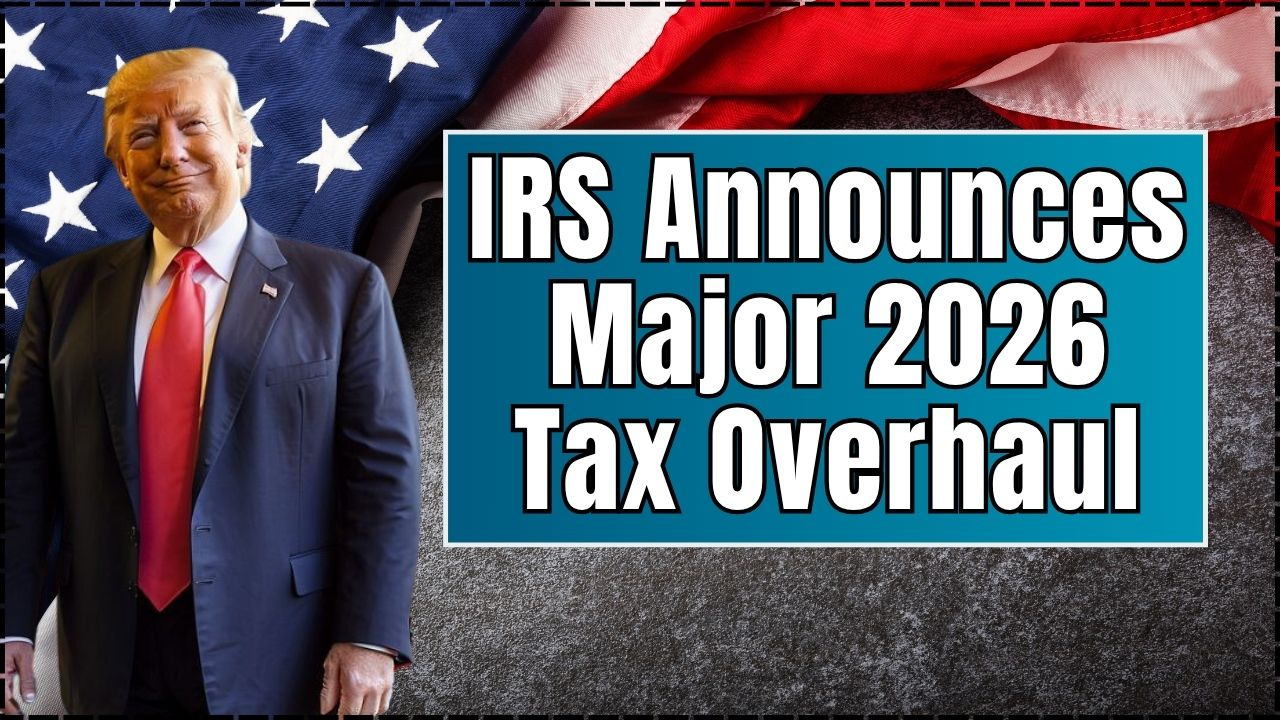The UK State Pension is a vital part of the country’s social security system, providing financial support to millions of pensioners. In October 2025, the Department for Work and Pensions (DWP) announced a significant increase in the weekly State Pension rates, following the government’s Triple Lock policy. This update has been a point of considerable interest, as it directly impacts the income of those relying on the State Pension for their livelihood. As the cost of living continues to rise, pensioners will undoubtedly welcome the increase in their weekly payments.

In this article, we’ll explore the key details of the new weekly State Pension rates for 2025 and explain the Triple Lock policy that ensures these increases. We will also discuss the implications for pensioners and provide an overview of the State Pension system in the UK.
Table of Contents
UK Weekly State Pension for October 2025
In 2025, the UK government confirmed an increase in the State Pension, in line with the Triple Lock policy, which guarantees that pensions will rise by the highest of inflation, earnings growth, or 2.5%. For the 2025–2026 financial year, the weekly State Pension payments are as follows:
- Full New State Pension: £230.25 per week
- Full Basic State Pension: £176.45 per week
These rates reflect a 4.1% rise from the previous year, continuing the government’s commitment to ensuring pensioners’ incomes keep pace with inflation and rising living costs. This increase is welcome news for the growing number of pensioners in the UK, as it provides more financial security during uncertain economic times.
UK £649 Weekly State Pension in October 2025
| Pension Type | Weekly Amount | Percentage Increase | Effective Date |
|---|---|---|---|
| Full New State Pension | £230.25 | 4.1% | October 2025 |
| Full Basic State Pension | £176.45 | 4.1% | October 2025 |
| Average Weekly New State Pension (as of February 2025) | £207.90 | – | – |
| Average Weekly Basic State Pension (as of February 2025) | £199.69 | – | – |
This table summarizes the key weekly amounts for the Full New State Pension and the Full Basic State Pension, as well as the average weekly amounts for both pension types.
What Is the Triple Lock Policy?
The increase in the State Pension rates for October 2025 follows the government’s Triple Lock policy. This policy ensures that the State Pension will rise each year by the highest of three measures:
- Inflation (measured by the Consumer Prices Index, or CPI)
- Average earnings growth
- 2.5%
The Triple Lock system was introduced in 2010 to protect pensioners from inflation and to ensure that their incomes would not erode over time. Each year, the government uses whichever of these three measures results in the largest increase to set the new rates. This approach has been critical in ensuring that pensioners receive a fair and adequate income as prices rise and living costs increase.
For 2025, the inflation rate was 4.1%, which was higher than both earnings growth and the 2.5% minimum increase. As a result, the State Pension has been adjusted accordingly, providing a financial boost to pensioners.
Impact of the State Pension Increase on Pensioners
The 2025 increase in the State Pension is a welcome development, particularly for those who rely on it as their primary source of income. With the cost of living rising across the UK, this increase helps to mitigate some of the financial pressures experienced by pensioners. It is especially important for individuals who have limited savings or other sources of income, as it ensures they can maintain a more comfortable standard of living.
While the increase is significant, it’s worth noting that the full New State Pension rate is only available to those who reached State Pension age on or after April 6, 2016. Those who reached State Pension age before that date receive the Basic State Pension, which is lower. The gap between these two pensions means that many older pensioners still receive less than the current rate of the Full New State Pension.
For those receiving the Basic State Pension, the £176.45 weekly payment in 2025 is an important source of financial support, but it still falls short of what is considered a sufficient income for many pensioners, especially when compared to the New State Pension.
State Pension Age and Eligibility Criteria for UK £649 Weekly State Pension
To qualify for the UK State Pension, individuals must have reached the State Pension age, which has been gradually rising in recent years. As of 2025, the State Pension age for both men and women is set at 66 years old, with plans to increase it further in the future.
In addition to reaching the required age, individuals must have paid or been credited with enough National Insurance contributions throughout their working life. Those who have not contributed enough may not receive the full State Pension. For those who have not made sufficient contributions, there are options to increase the amount they receive, such as paying voluntary National Insurance contributions.
Key Factors Influencing the State Pension
There are several factors that determine how much State Pension an individual will receive, including:
- National Insurance Contributions: To receive the full New State Pension, individuals must have at least 35 qualifying years of National Insurance contributions. Those with fewer than 35 years will receive a reduced amount.
- Work History: Individuals who have worked for a significant portion of their lives and paid National Insurance will be eligible for a higher rate of State Pension. Those who have taken time off work, for reasons such as caring for children or other dependents, may receive credits towards their contributions.
- Deferring the State Pension: Individuals who choose to defer their State Pension may be eligible for a higher weekly payment when they start claiming it. Deferring allows the pension to grow by a certain percentage for each year it is delayed.
Future Outlook for the State Pension
Looking ahead, the future of the UK State Pension remains a topic of debate. There have been discussions about potential increases in the State Pension age, with plans to raise it to 67 and possibly even higher. While these changes are meant to account for increasing life expectancy, they have raised concerns about the financial security of older generations.
Moreover, the sustainability of the Triple Lock policy has also been questioned, especially in light of rising government debt and the growing number of pensioners. There are calls for reforms to ensure the long-term viability of the State Pension system, though no major changes are expected in the short term.
Despite these challenges, the 2025 increase demonstrates the government’s commitment to providing financial support for pensioners and ensuring that the State Pension keeps up with inflation and rising costs.
Conclusion
The announcement of the £649 weekly State Pension in October 2025 is a significant development for millions of pensioners across the UK. The increase reflects the government’s Triple Lock policy, which ensures that pensions rise in line with inflation, earnings, or a minimum of 2.5%. This rise provides much-needed financial relief to pensioners, helping them cope with rising living costs.
However, it’s important to remember that not all pensioners receive the same amount. Those who qualify for the New State Pension will receive a higher weekly amount than those on the Basic State Pension, which remains lower despite the rise.
As the UK’s population ages, the State Pension system will likely continue to evolve. The government must balance the needs of pensioners with the sustainability of the system. For now, though, the 2025 increase offers a welcome boost to pensioners, providing them with a more secure financial future.











